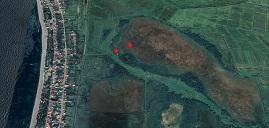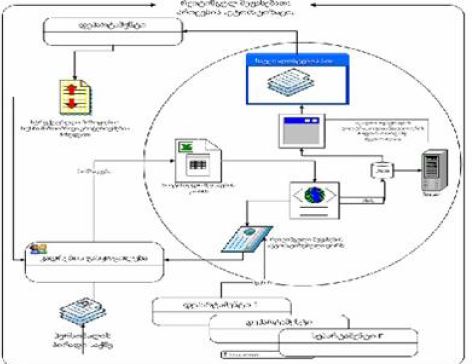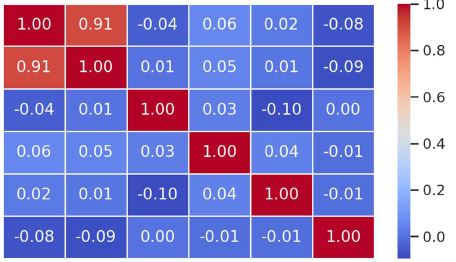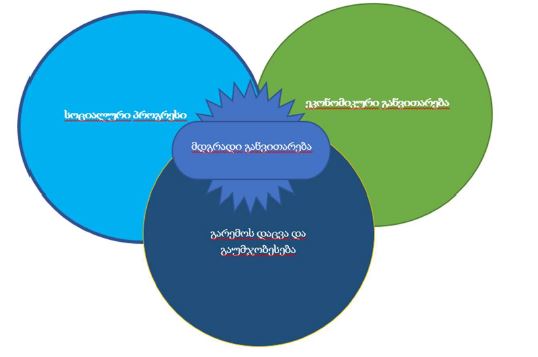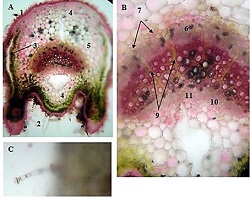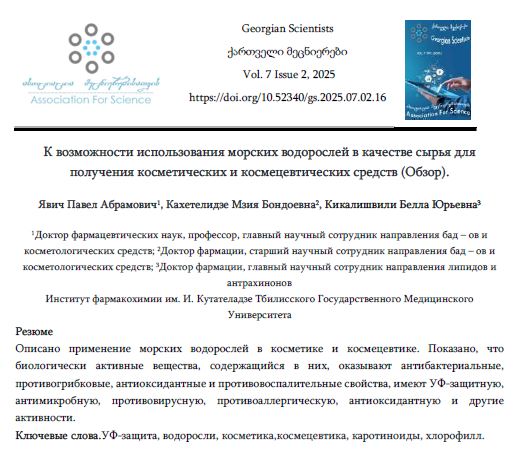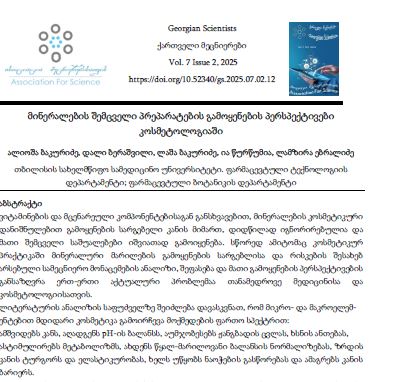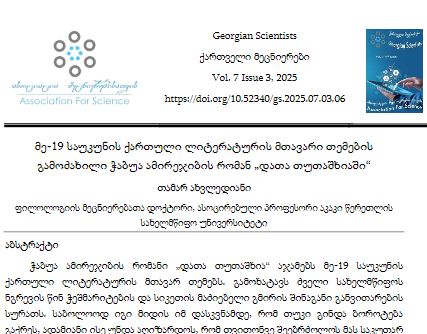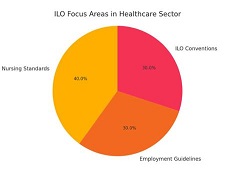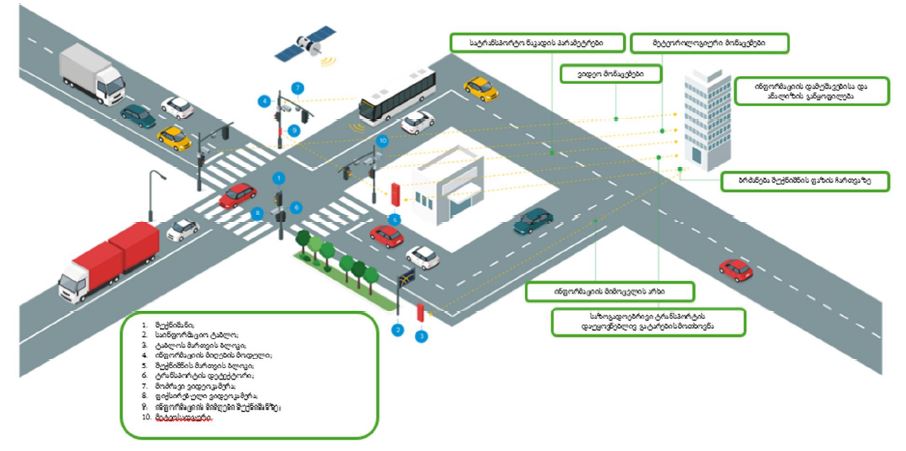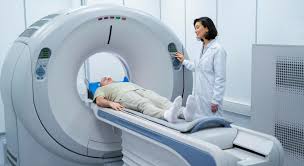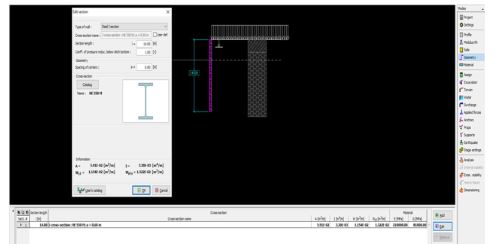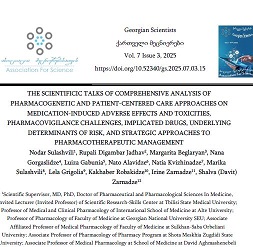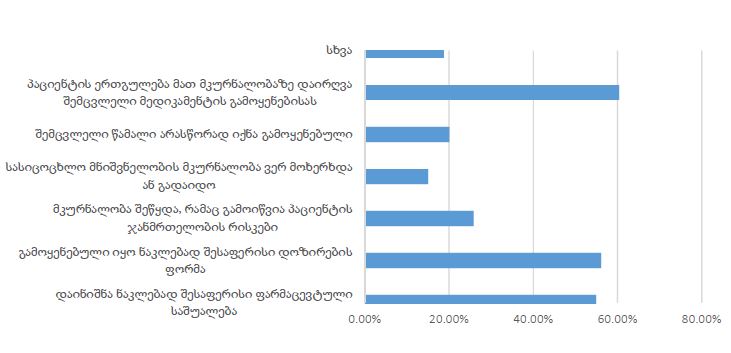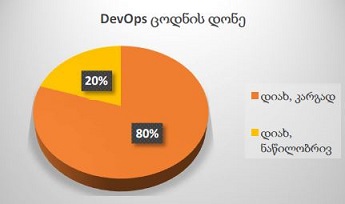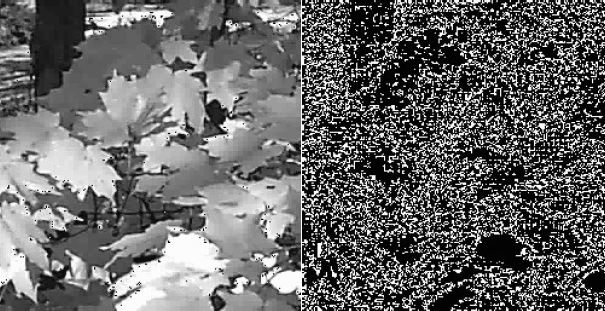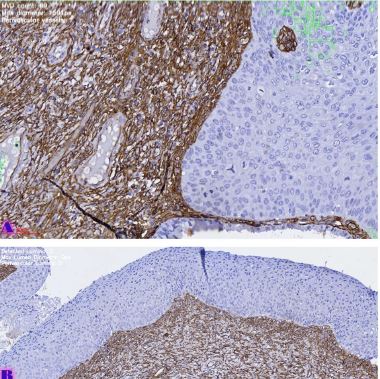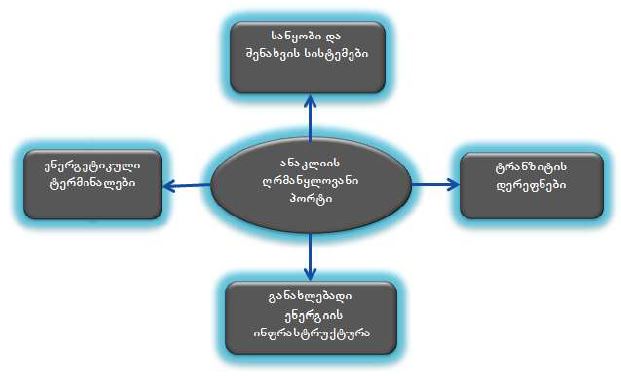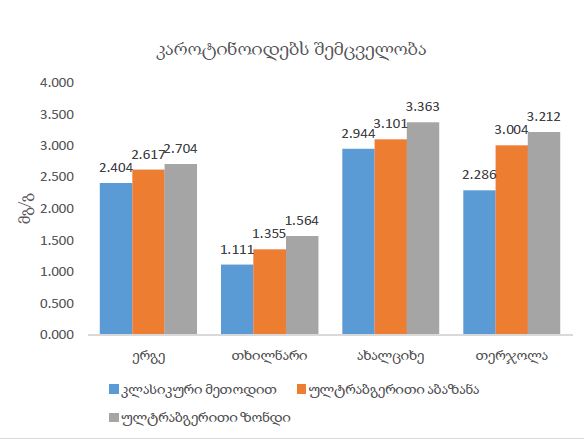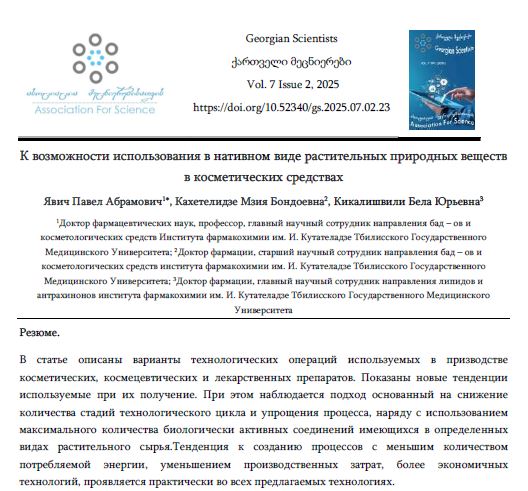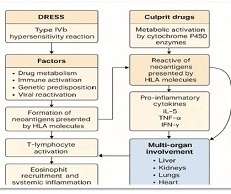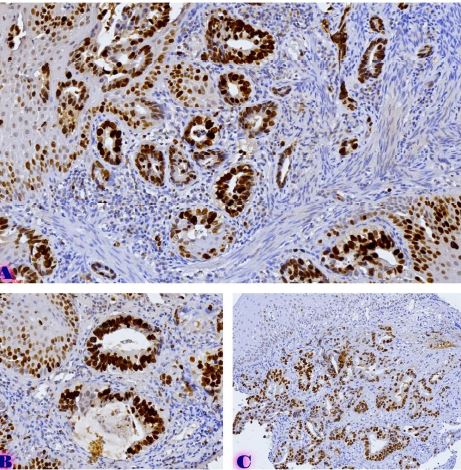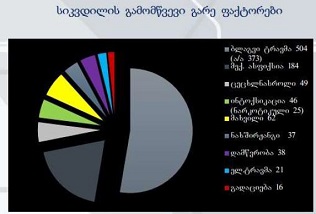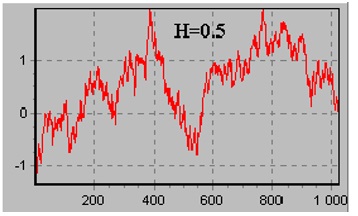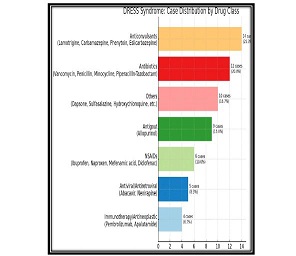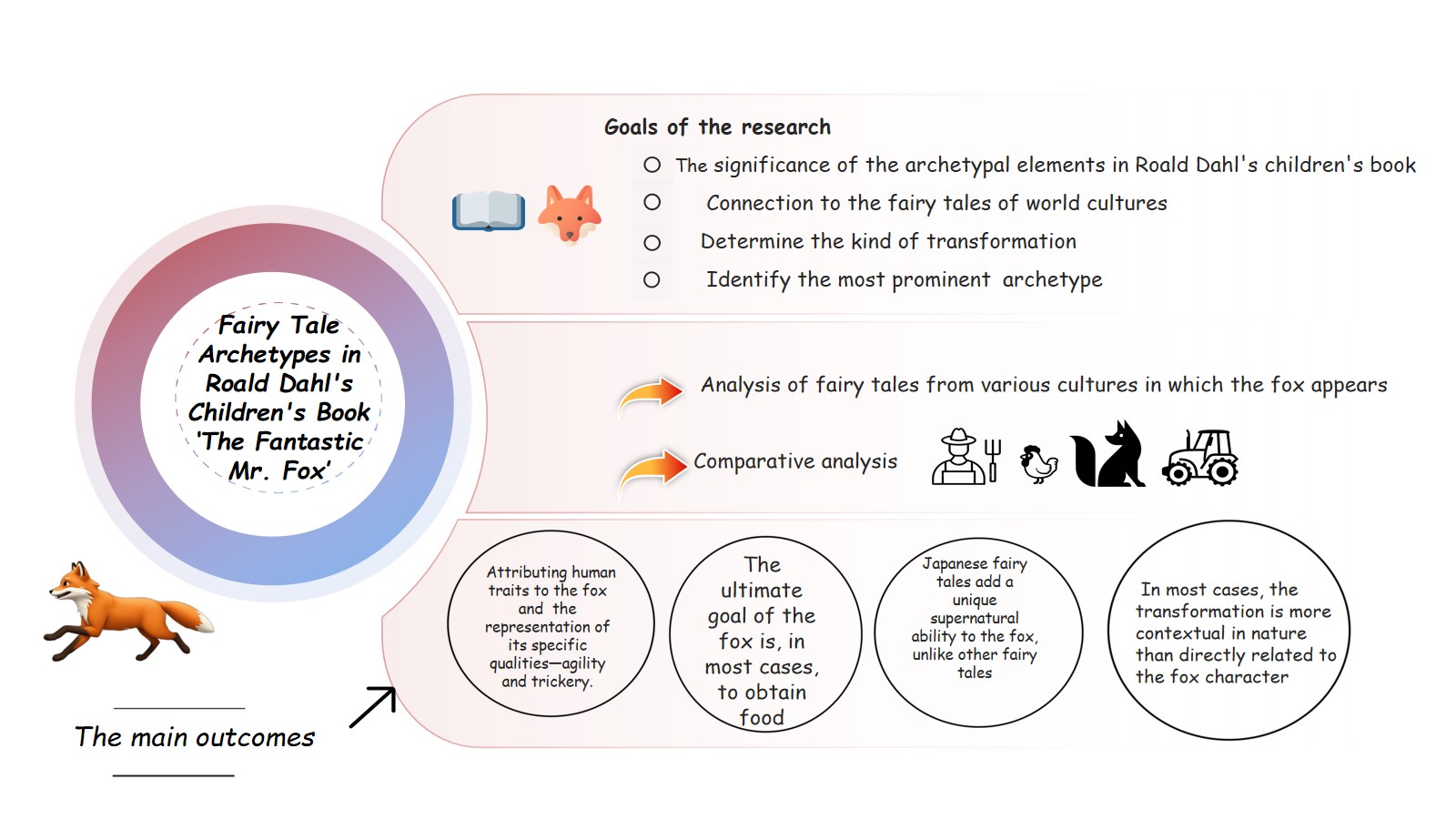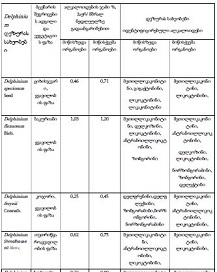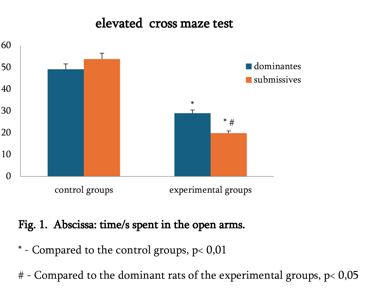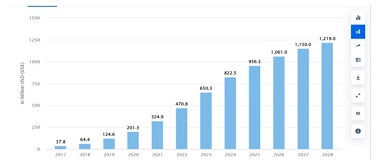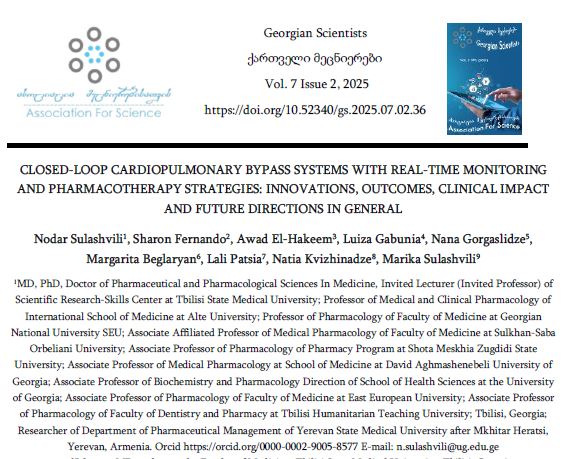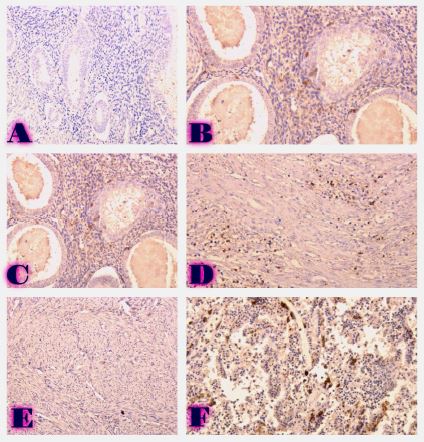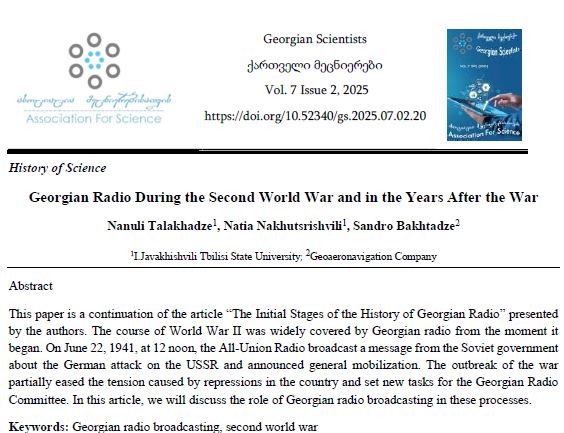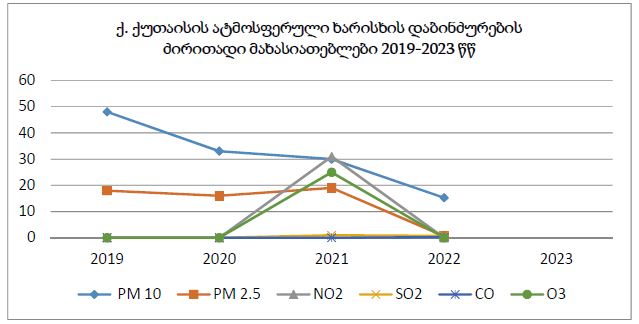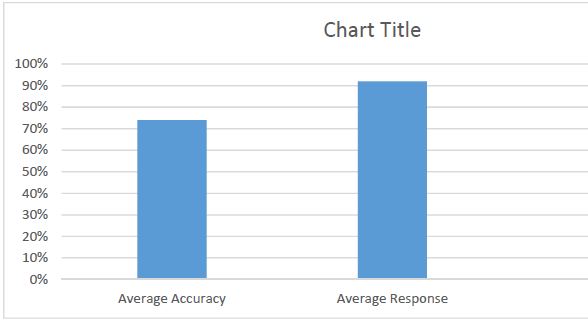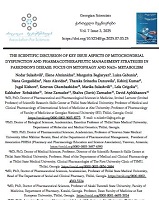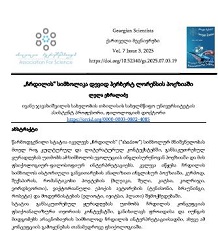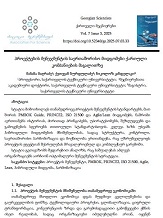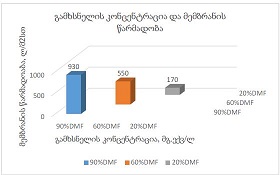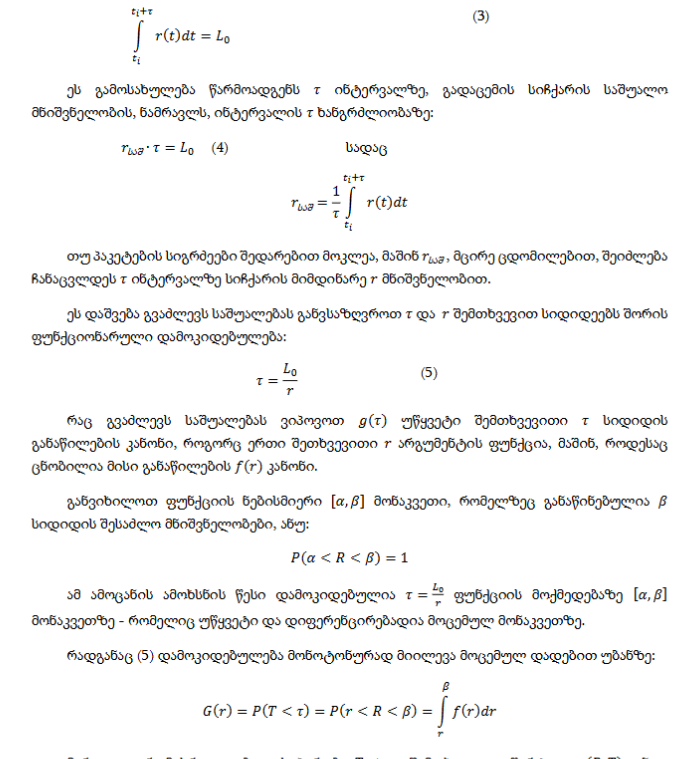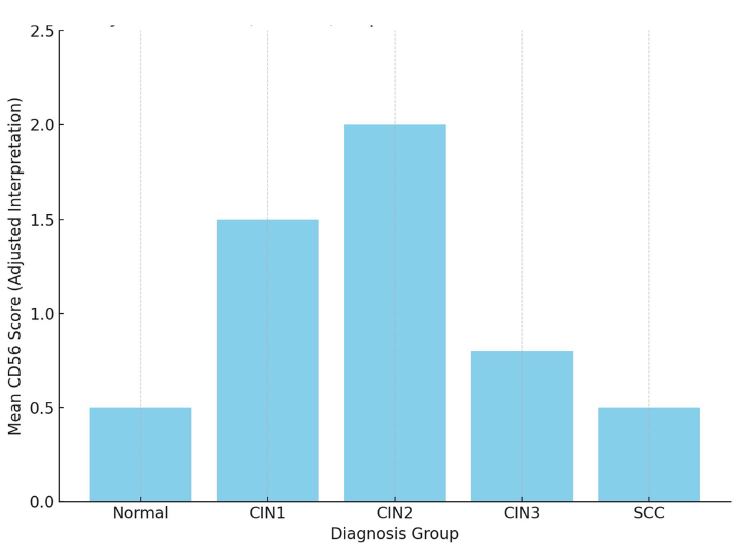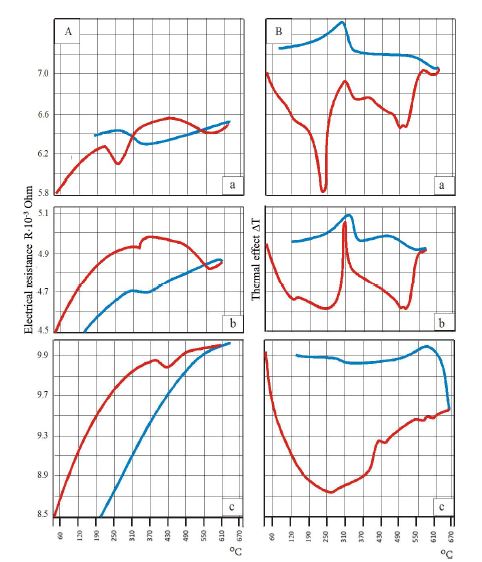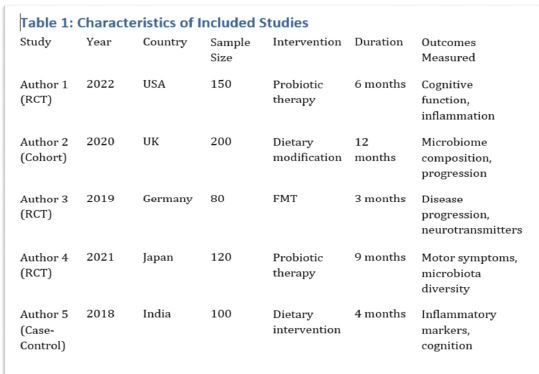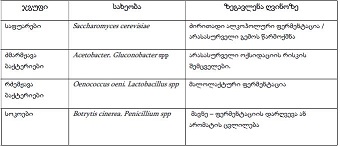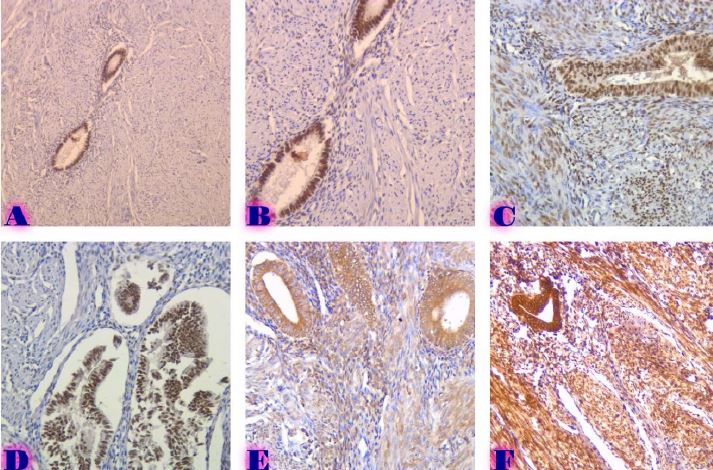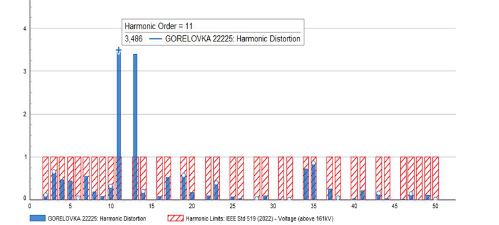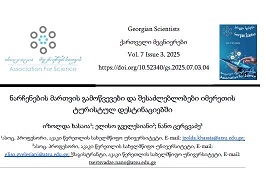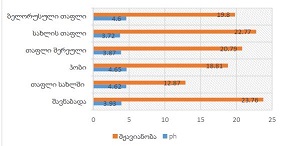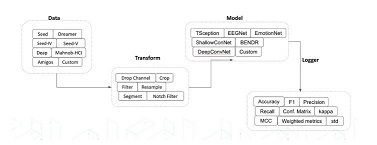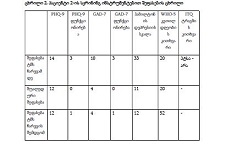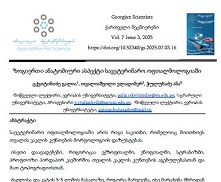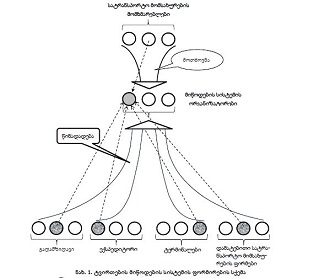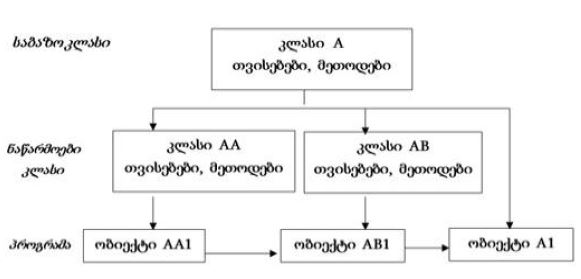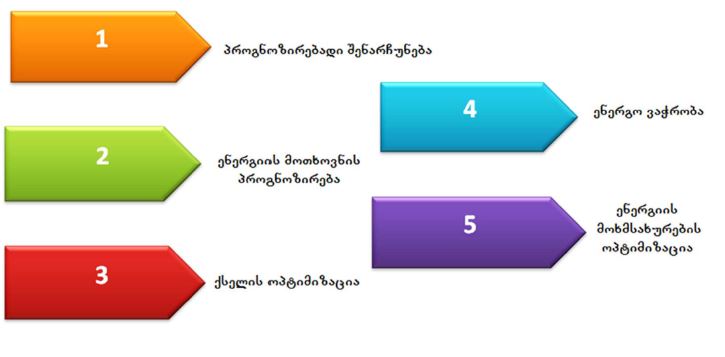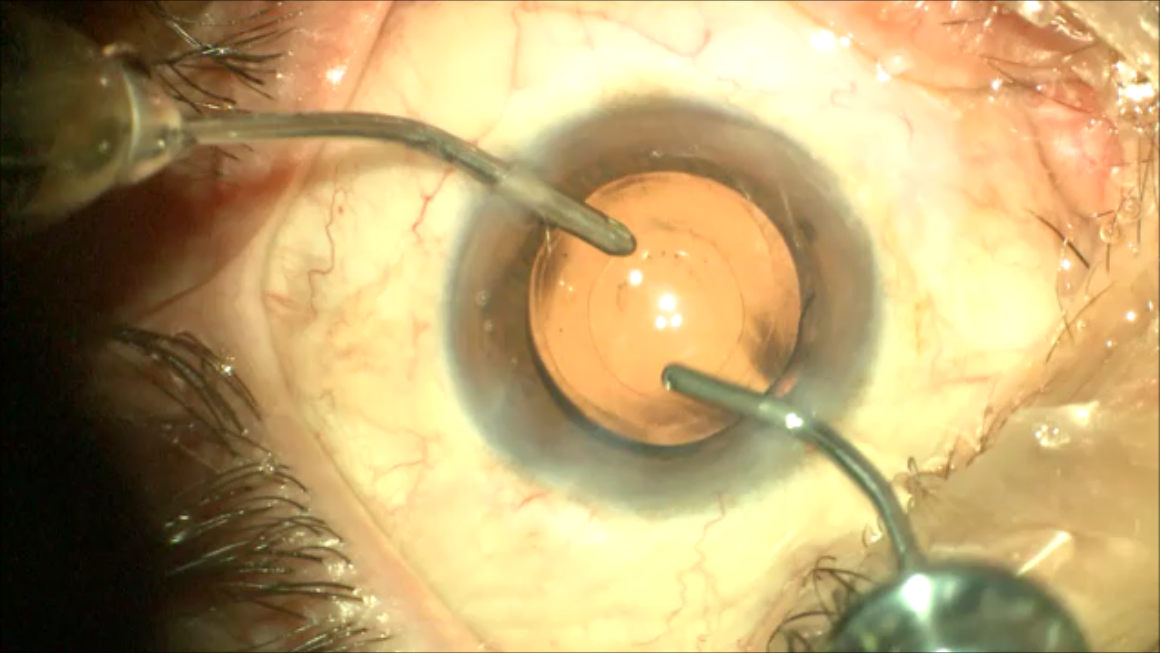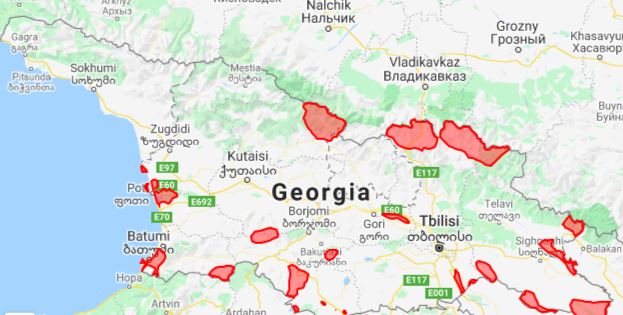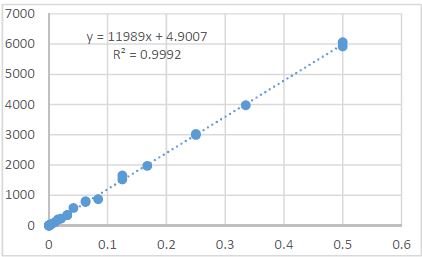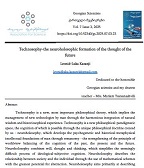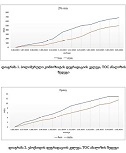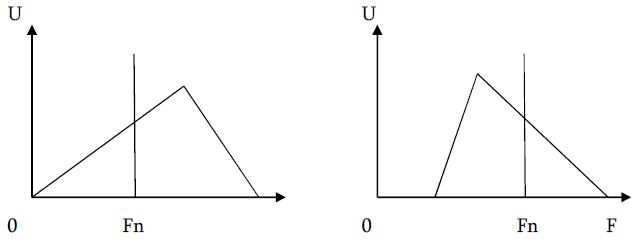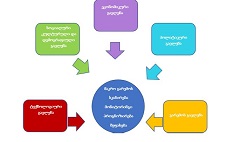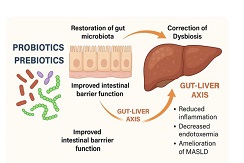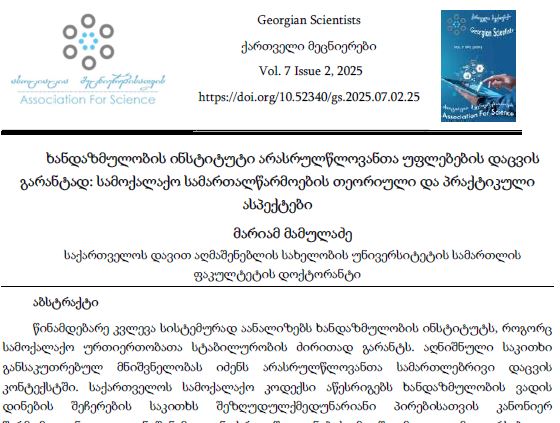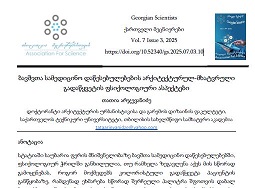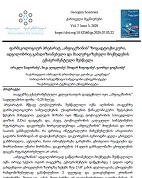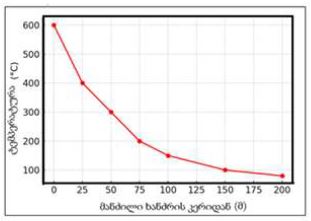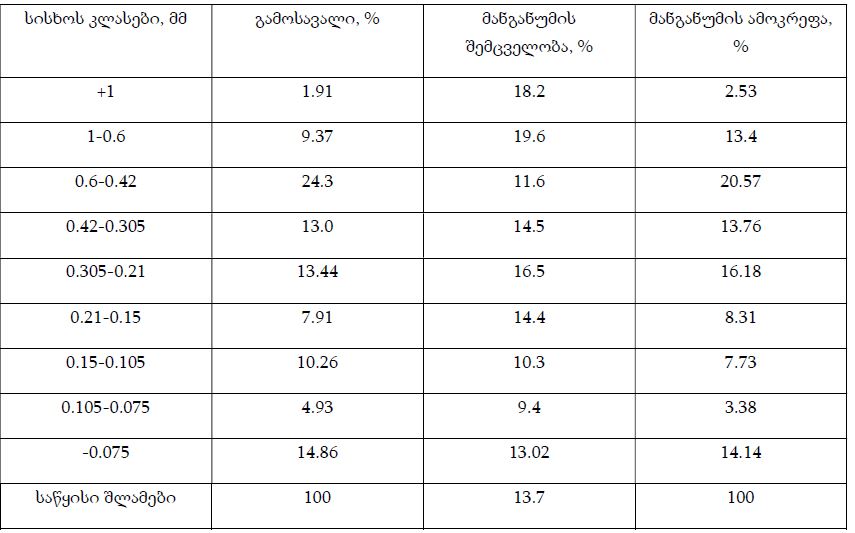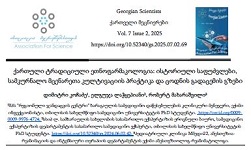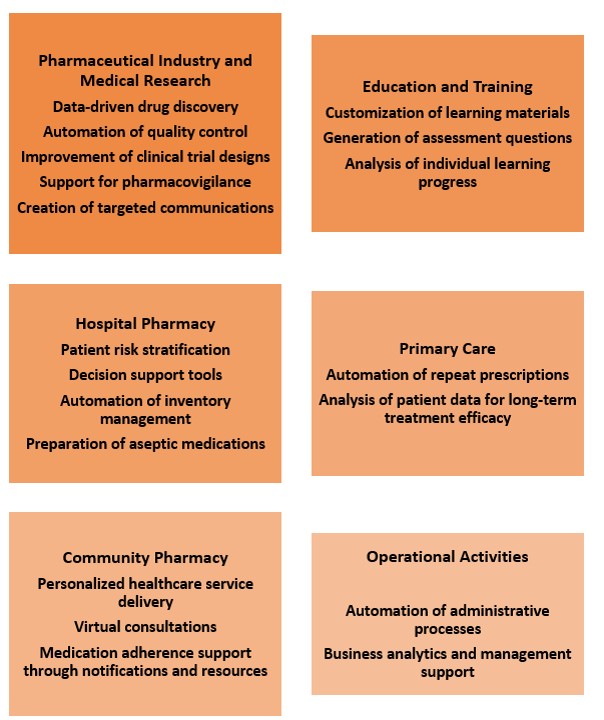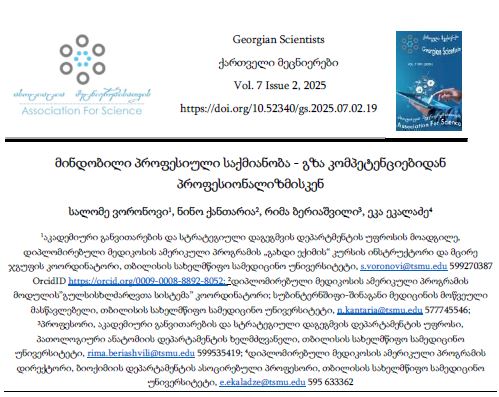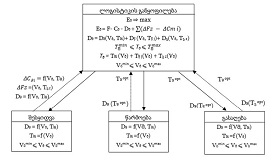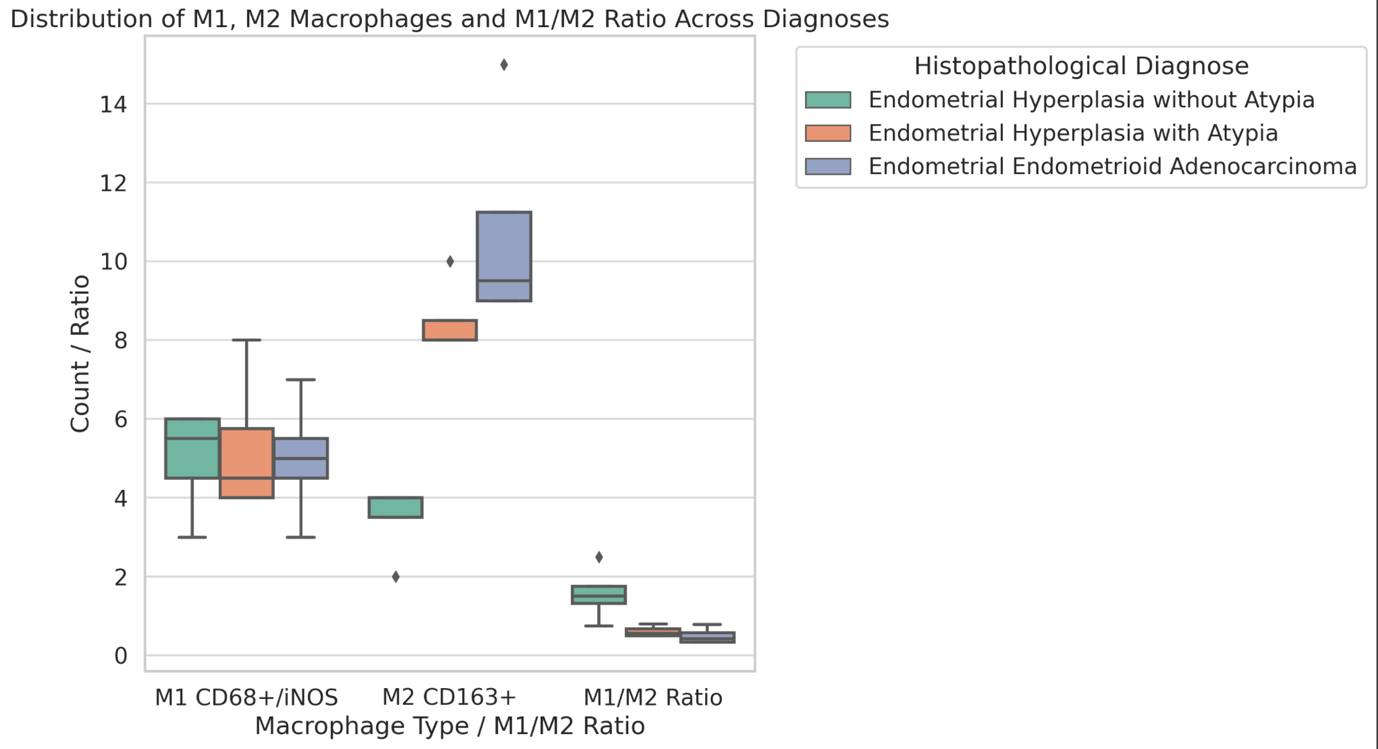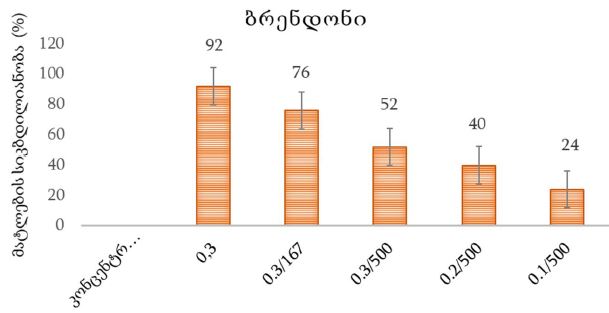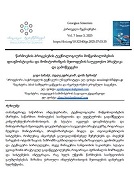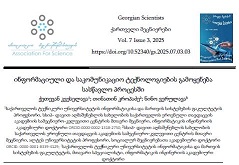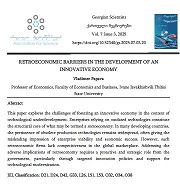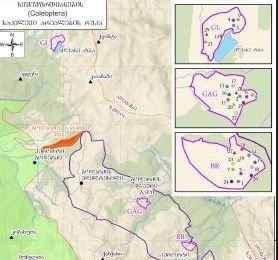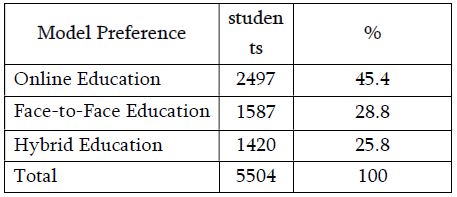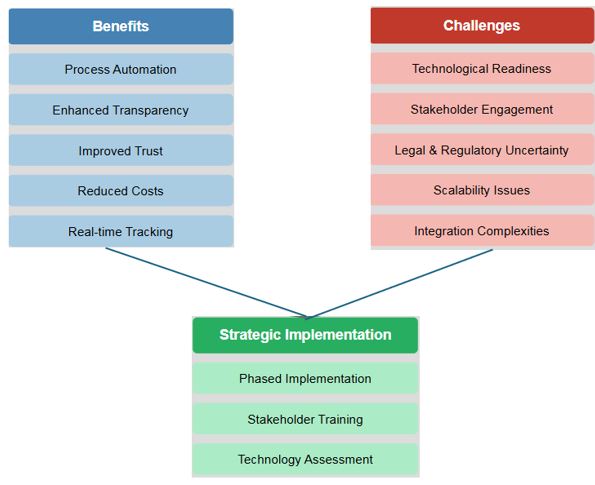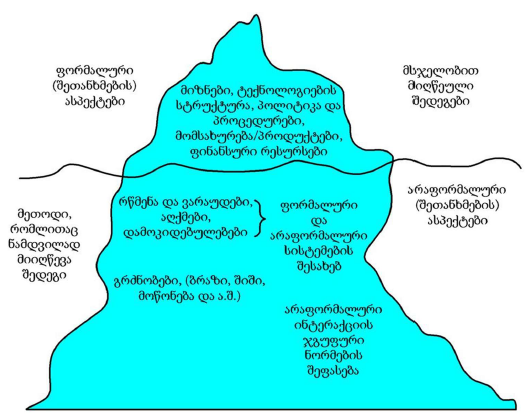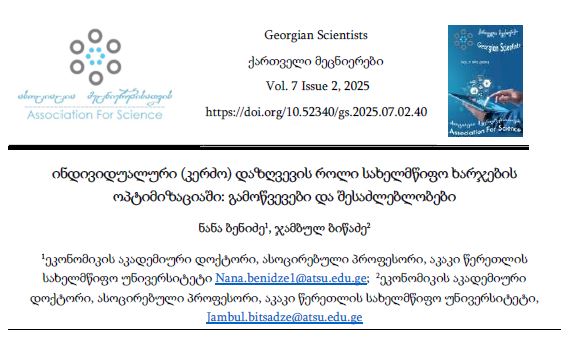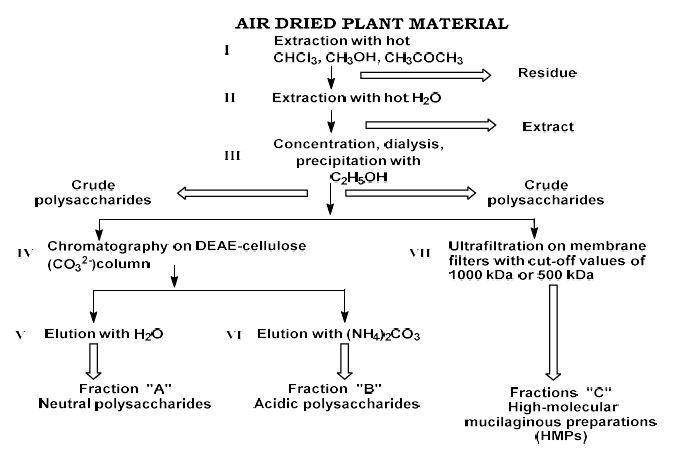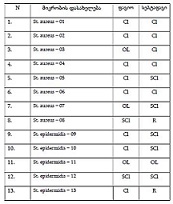Expression Patterns of CDK4 and Cyclin D1 in Uterine Stromal Tumors and Sarcomas: Diagnostic and Prognostic Implications
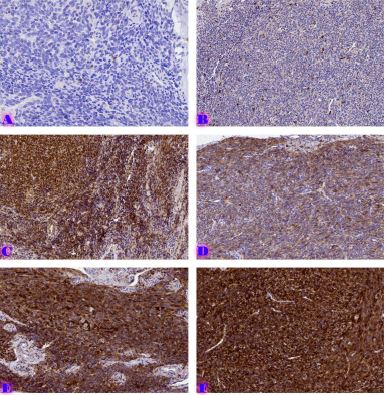
Downloads
Uterine stromal tumors encompass a histologically and clinically heterogeneous group of neoplasms ranging from benign endometrial stromal nodules (ESN) to low-grade and high-grade endometrial stromal sarcomas (LG-ESS and HG-ESS). Reliable markers for diagnostic stratification and prognostic assessment remain limited.
This study aimed to evaluate the immunohistochemical expression of CDK4 and Cyclin D1 in uterine stromal tumors and assess their association with tumor grade, hormonal receptor status, proliferation index, and disease-free survival. A total of forty-five uterine stromal tumors were retrospectively analyzed, including 15 cases each of ESN, LG-ESS, and HG-ESS. Immunohistochemical staining for CDK4, Cyclin D1, CD10, estrogen receptor (ER), progesterone receptor (PR), and Ki67 was performed using Leica antibodies. CDK4 and Cyclin D1 expressions were quantified using the H-score method. Correlations between marker expression, clinicopathological parameters, and disease-free survival (DFS) were statistically analyzed. A progressive increase in CDK4 and Cyclin D1 H-scores was observed from ESN to LG-ESS and HG-ESS (p < 0.001). Hormonal receptor expression and diffuse CD10 staining decreased significantly with increasing tumor grade (p < 0.001). CDK4 and Cyclin D1 H-scores showed a strong inverse correlation with ER/PR expression and a positive correlation with Ki67 index. Disease recurrence occurred exclusively in sarcoma cases, predominantly in HG-ESS. High CDK4 (H-score >150) and Cyclin D1 (H-score >200) expression, negative or focal CD10 expression, ER/PR negativity, and Ki67 index >50% were significantly associated with reduced DFS. CDK4 and Cyclin D1 overexpression are associated with higher tumor grade, loss of hormonal receptor expression, increased proliferative activity, and poor disease-free survival in uterine stromal tumors. These markers may serve as potential indicators of tumor aggressiveness and could be integrated into diagnostic and prognostic assessment protocols.
Downloads
F. K. F. Kommoss et al., “Endometrial Stromal Sarcomas With BCOR Internal Tandem Duplication and Variant BCOR/BCORL1 Rearrangements Resemble High-grade Endometrial Stromal Sarcomas With Recurrent CDK4 Pathway Alterations and MDM2 Amplifications,” Am J Surg Pathol, vol. 46, no. 8, pp. 1142–1152, Aug. 2022, doi: 10.1097/PAS.0000000000001909.
A. Hrzenjak, “JAZF1/SUZ12 gene fusion in endometrial stromal sarcomas,” Orphanet J Rare Dis, vol. 11, no. 1, Feb. 2016, doi: 10.1186/s13023-016-0400-8.
C. M. J. Conklin and T. A. Longacre, “Endometrial stromal tumors: The new who classification,” Adv Anat Pathol, vol. 21, no. 6, pp. 383–393, 2014, doi: 10.1097/PAP.0000000000000046.
A. J. Kruse et al., “Aggressive behavior and poor prognosis of endometrial stromal sarcomas with YWHAE-FAM22 rearrangement indicate the clinical importance to recognize this subset,” International Journal of Gynecological Cancer, vol. 24, no. 9, pp. 1616–1622, Nov. 2014, doi: 10.1097/IGC.0000000000000278.
E. Oliva, “Practical issues in uterine pathology from banal to bewildering: The remarkable spectrum of smooth muscle neoplasia,” Modern Pathology, vol. 29, no. S1, pp. S104–S120, Jan. 2016, doi: 10.1038/modpathol.2015.139.
C. H. Lee et al., “The clinicopathologic features of YWHAE-FAM22 endometrial stromal sarcomas: A histologically high-grade and clinically aggressive tumor,” American Journal of Surgical Pathology, vol. 36, no. 5, pp. 641–653, May 2012, doi: 10.1097/PAS.0b013e31824a7b1a.
N. Adamashvili, R. Beriashvili, N. Tevzadze, S. Kepuladze, and G. Burkadze, “Features of the distribution of acute and chronic inflammatory index in cervical intraepithelial neoplasia of different degrees and its relationship with proliferative activity detected by AgNOR technology,” ქართველი მეცნიერები, vol. 6, no. 1, pp. 45–57, Jan. 2024, doi: 10.52340/gs.2024.06.01.08.
K. Shengelaia, I. Kokhreidze, G. Burkadze, S. Kepuladze, and N. Tevzadze, “Challenges of Androgen Receptor Expression in Epithelial Tumors of the Breast and Ovary,” Georgian Scientists, vol. 5, no. 3, pp. 75–84, Aug. 2023, doi: 10.52340/2023.05.03.09.
მიმოხილვაკრიტიკული, გოგიტიძეგიორგი, კეპულაძეშოთა, თევზაძენინო, and ბურკაძეგიორგი, “The Role of the Local Neural microenvironment in the Progression of cervical intraepithelial Neoplasia,” Georgian Scientists, vol. 5, no. 3, pp. 182–188, Sep. 2023, doi: 10.52340/2023.05.03.19.
G. Arveladze, R. Beriashvili, S. Kepuladze, and G. Burkadze, “Evaluation of proliferative activity of different subtypes of basal cell carcinomas by AgNOR technology,” Georgian Scientists, vol. 5, no. 4, pp. 206–218, Dec. 2023, doi: 10.52340/gs.2023.05.04.19.
X. Guo, E. Forgó, and M. van de Rijn, “Molecular subtyping of leiomyosarcoma with 3’ end RNA sequencing.,” Genom Data, vol. 5, pp. 366–367, Sep. 2015, doi: 10.1016/j.gdata.2015.06.029.
T. Kveliashvili, G. Didava, N. Tevzadze, S. Kepuladze, and G. Burkadze, “Peculiarities of the proliferative activity of the gallbladder mucosa in precancerous and cancerous pathologies detected by AgNOR technology,” Georgian Scientists, vol. 5, no. 4, pp. 342–352, Dec. 2023, doi: 10.52340/gs.2023.05.04.31.
N. Adamashvili, R. Beriashvili, N. Tevzadze, S. Kepuladze, and G. Burkadze, “Features of the distribution of acute and chronic inflammatory index in cervical intraepithelial neoplasia of different degrees and its relationship with proliferative activity detected by AgNOR technology,” Georgian Scientists, vol. 6, no. 1, pp. 45–57, Jan. 2024, doi: 10.52340/gs.2024.06.01.08.
N. Sarauli, R. Gvamichava, N. kantaria, S. Kepuladze, and G. Burkadze, “Phenotypic characteristics of peritoneal tumor implants in ovarian epithelial tumors,” Georgian Scientists, vol. 6, no. 2, pp. 111–120, Apr. 2024, doi: 10.52340/gs.2024.06.02.13.
V. I. Shah and W. G. McCluggage, “Cyclin D1 does not distinguish YWHAE-NUTM2 high-grade endometrial stromal sarcoma from undifferentiated endometrial carcinoma,” American Journal of Surgical Pathology, vol. 39, no. 5, pp. 722–724, Apr. 2015, doi: 10.1097/PAS.0000000000000427.
C. H. Lee et al., “Cyclin D1 as a diagnostic immunomarker for endometrial stromal sarcoma with YWHAE-FAM22 rearrangement,” Am J Surg Pathol, vol. 36, no. 10, pp. 1562–1570, Oct. 2012, doi: 10.1097/PAS.0B013E31825FA931.
Copyright (c) 2025 Georgian Scientists

This work is licensed under a Creative Commons Attribution-NonCommercial-NoDerivatives 4.0 International License.





